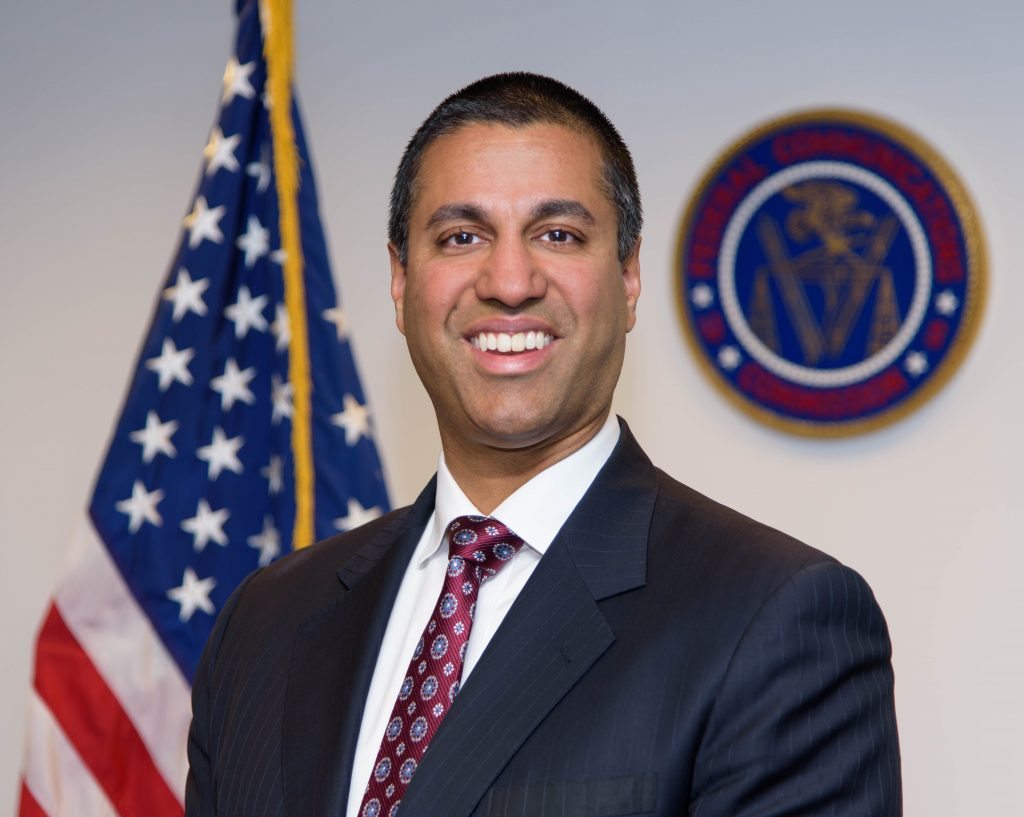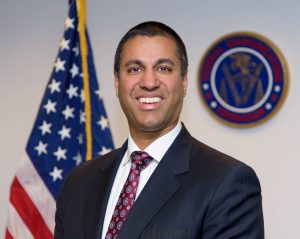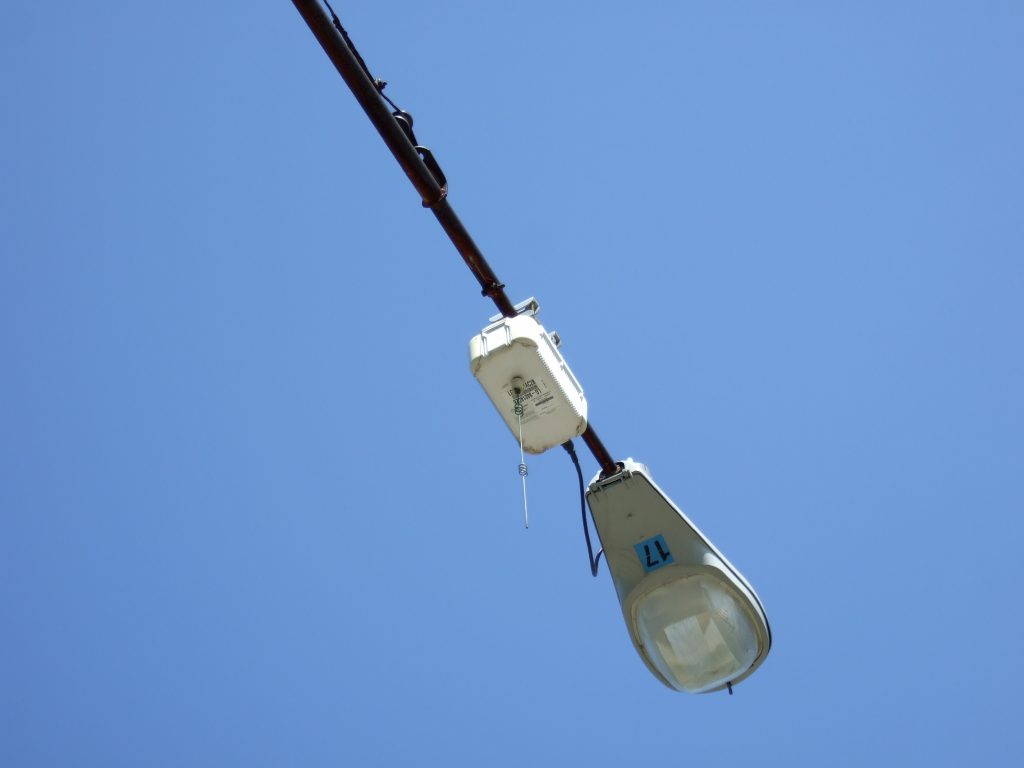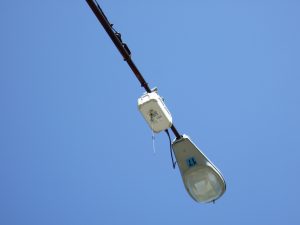Yesterday, the expected (first?) wireless industry Bill, SB649 was dropped into the California Senate hopper on Friday, February 17, 2017. This Bill appears to be a small change to existing law to define small cells and include them in existing state law provisions. Of course, it would come as no surprise to find the Bill amended late in the process to add far more concerning provisions.
I encourage the California wireless industry to reach out to the League of California Cities and the California State Association of Counties, as well as SCAN NATOA, to discuss these proposed changes, and any still planned to be amended in.
The changes to existing law are shown in BOLD BLUE.
Introduced by Senator Hueso
(Principal coauthor: Assembly Member Quirk)
(Coauthor: Senator Dodd)
LEGISLATIVE COUNSEL’S DIGEST
SB 649, as introduced, Hueso. Wireless telecommunications facilities.
Under existing law, a wireless telecommunications collocation facility, as specified, is subject to a city or county discretionary permit and is required to comply with specified criteria, but a collocation facility, which is the placement or installation of wireless facilities, including antennas and related equipment, on or immediately adjacent to that wireless telecommunications collocation facility, is a permitted use not subject to a city or county discretionary permit. Existing law defines various terms for these purposes.
This bill would define the term “small cell” as a particular type of telecommunications facility for these purposes.
Under existing law, a city or county, as a condition of approval of an application for a permit for construction or reconstruction of a development project for a wireless telecommunications facility, may not require an escrow deposit for removal of a wireless telecommunications facility or any component thereof, unreasonably limit the duration of any permit for a wireless telecommunications facility, or require that all wireless telecommunications facilities be limited to sites owned by particular parties within the jurisdiction of the city or county, as specified.
This bill would apply these prohibitions to the approval of small cell facilities as defined by this bill.
Digest Key
Vote: MAJORITY Appropriation: NO Fiscal Committee: NO Local Program: NO
The people of the State of California do enact as follows:
SECTION 1. The Legislature finds and declares that, to ensure that communities across the state have access to the most advanced wireless communications technologies and the transformative solutions that robust wireless connectivity enables, such as Smart Communities and the Internet of Things, California should work in coordination with federal, state, and local officials to create a statewide framework for the deployment of advanced wireless communications infrastructure in California that does all of the following:
(a) Reaffirms local governments’ historic role and authority with respect to wireless communications infrastructure siting and construction generally.
(b) Reaffirms that deployment of telecommunications facilities in the rights-of-way is a matter of statewide concern, subject to a statewide franchise, and that expeditious deployment of telecommunications networks generally is a matter of both statewide and national concern.
(c) Recognizes that the impact on local interests from individual small wireless facilities will be sufficiently minor and that such deployments should be a permitted use statewide and should not be subject to discretionary zoning review.
(d) Requires expiring permits for these facilities to be renewed so long as the site maintains compliance with use conditions adopted at the time the site was originally approved.
(e) Requires providers to obtain all applicable building or encroachment permits and comply with all related health, safety, and objective aesthetic requirements for small wireless facility deployments on a ministerial basis.
(f) Grants providers fair, reasonable, nondiscriminatory, and nonexclusive access to locally owned utility poles, street lights, and other suitable host infrastructure located within the public right-of-way and in other local public places such as stadiums, parks, campuses, hospitals, transit stations, and public buildings consistent with all applicable health and safety requirements, including Public Utilities Commission General Order 95.
(g) Provides for full recovery by local governments of the costs of attaching small wireless facilities to utility poles, street lights, and other suitable host infrastructure in a manner that is consistent with existing federal and state laws governing utility pole attachments generally.
(h) Permits local governments to charge wireless permit fees that are fair, reasonable, nondiscriminatory, and cost based.
(i) Advances technological and competitive neutrality while not adding new requirements on competing providers that do not exist today.
SEC. 2. Section 65850.6 of the Government Code is amended to read:
65850.6. (a) A collocation facility shall be a permitted use not subject to a city or county discretionary permit if it satisfies the following requirements:
(1) The collocation facility is consistent with requirements for the wireless telecommunications collocation facility pursuant to subdivision (b) on which the collocation facility is proposed.
(2) The wireless telecommunications collocation facility on which the collocation facility is proposed was subject to a discretionary permit by the city or county and an environmental impact report was certified, or a negative declaration or mitigated negative declaration was adopted for the wireless telecommunications collocation facility in compliance with the California Environmental Quality Act (Division 13 (commencing with Section 21000) of the Public Resources Code), the requirements of Section 21166 do not apply, and the collocation facility incorporates required mitigation measures specified in that environmental impact report, negative declaration, or mitigated negative declaration.
(b) A wireless telecommunications collocation facility, where a subsequent collocation facility is a permitted use not subject to a city or county discretionary permit pursuant to subdivision (a), shall be subject to a city or county discretionary permit issued on or after January 1, 2007, and shall comply with all of the following:
(1) City or county requirements for a wireless telecommunications collocation facility that specifies types of wireless telecommunications facilities that are allowed to include a collocation facility, or types of wireless telecommunications facilities that are allowed to include certain types of collocation facilities; height, location, bulk, and size of the wireless telecommunications collocation facility; percentage of the wireless telecommunications collocation facility that may be occupied by collocation facilities; and aesthetic or design requirements for the wireless telecommunications collocation facility.
(2) City or county requirements for a proposed collocation facility, including any types of collocation facilities that may be allowed on a wireless telecommunications collocation facility; height, location, bulk, and size of allowed collocation facilities; and aesthetic or design requirements for a collocation facility.
(3) State and local requirements, including the general plan, any applicable community plan or specific plan, and zoning ordinance.
(4) The California Environmental Quality Act (Division 13 (commencing with Section 21000) of the Public Resources Code) through certification of an environmental impact report, or adoption of a negative declaration or mitigated negative declaration.
(c) The city or county shall hold at least one public hearing on the discretionary permit required pursuant to subdivision (b) and notice shall be given pursuant to Section 65091, unless otherwise required by this division.
(d) For purposes of this section, the following definitions apply:
(1) “Collocation facility” means the placement or installation of wireless facilities, including antennas, and related equipment, on, or immediately adjacent to, a wireless telecommunications collocation facility.
(2) “Small cell” means a wireless telecommunications facility within the volume limits established by the Federal Communications Commission for small wireless antennas and associated equipment in the First Amendment to Nationwide Programmatic Agreement for the Collocation of Wireless Antennas (47 C.F.R. Part 1 Appendix B).
(3) “Wireless telecommunications facility” means equipment and network components such as towers, utility poles, transmitters, base stations, and emergency power systems that are integral to providing wireless telecommunications services.
(4) “Wireless telecommunications collocation facility” means a wireless telecommunications facility that includes collocation facilities.
(e) The Legislature finds and declares that both small cell and collocation facilities, as defined in this section, have a significant economic impact in California and are not a municipal affair as that term is used in Section 5 of Article XI of the California Constitution, but is are a matter of statewide concern.
(f) With respect to the consideration of the environmental effects of radio frequency emissions, the review by the city or county shall be limited to that authorized by Section 332(c)(7) of Title 47 of the United States Code, or as that section may be hereafter amended.
SEC. 3. Section 65964 of the Government Code is amended to read:
65964. As a condition of approval of an application for a permit for construction or reconstruction for a development project for a wireless telecommunications facility or small cell, as defined in Section 65850.6, a city or county shall not do any of the following:
(a) Require an escrow deposit for removal of a wireless telecommunications facility or any component thereof. However, a performance bond or other surety or another form of security may be required, so long as the amount of the bond security is rationally related to the cost of removal. In establishing the amount of the security, the city or county shall take into consideration information provided by the permit applicant regarding the cost of removal.
(b) Unreasonably limit the duration of any permit for a wireless telecommunications facility. Limits of less than 10 years are presumed to be unreasonable absent public safety reasons or substantial land use reasons. However, cities and counties may establish a build-out period for a site.
(c) Require that all wireless telecommunications facilities be limited to sites owned by particular parties within the jurisdiction of the city or county.












